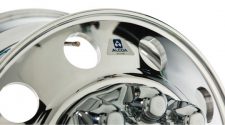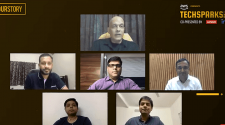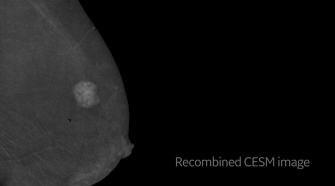Cristiano Amon, president of Qualcomm and Qualcomm CDMA Technologies, responds to a question during a panel discussion on 5G wireless broadband technology during the 2018 CES in Las Vegas, Nevada, U.S. January 10, 2018.
Steve Marcus | Reuters
Qualcomm has applied for licenses to continue selling its technology to Chinese tech giant Huawei, which has been placed on a U.S. entity list blocking it from doing business with American companies amid the U.S.-China trade war.
In an interview with CNBC at the IFA consumer electronics show in Berlin, Qualcomm President Cristiano Amon said the company is “waiting for a response” from the U.S. Commerce Department for approval to continue selling key technology to Huawei.
The U.S. gave a temporary reprieve to Huawei in August, extending its ability to buy from American firms until mid-November. Huawei relies on U.S. companies for various components in its devices like smartphones and laptops.
Amon said he was “optimistic” short-term uncertainty over Huawei will be resolved as operators around the world look to build out next-generation 5G networks.
“At the end of the day, in the middle of all of this, we see operators, whether they have Huawei or not have Huawei infrastructure, saying they’re going to stand firm with their plans of launching 5G because that’s a market need and we’re moving forward one way or the other,” he said.
5G is a wireless network that promises faster speeds and lower lag times between devices, potentially transforming industries like driverless cars. Amon said he expects 5G will reach 2.2 billion people next year as networks get deployed around the world.
Qualcomm develops technology behind the 5G ecosystem, like chips in the new devices. Amon said Huawei, which unveiled its own 5G chip for mobile devices Friday, is both a “competitor” and “partner” of Qualcomm.
















